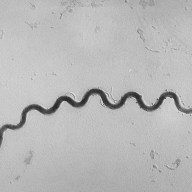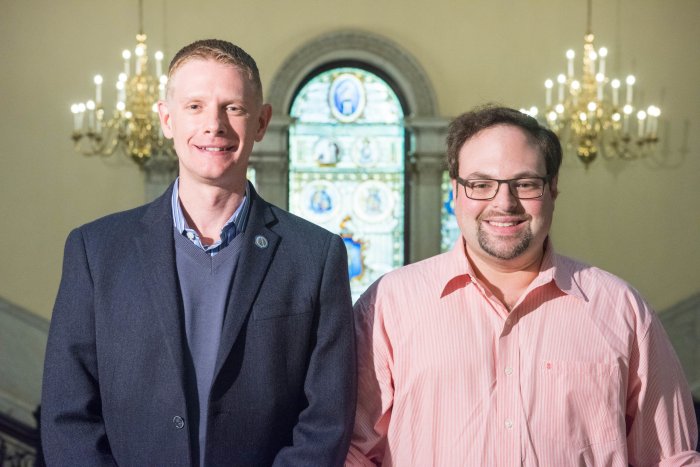As a therapist, I often feel like a tour guide for my patients. Using various “maps” and my knowledge from years of traversing the emotional terrain, I help them navigate the territory of the mind and make sense of what they discover. Pixar’s “Inside Out” took that journey one step further, introducing the indigenous people of these lands: the animated, personified emotions Joy, Sadness, Anger, Disgust and Fear. If you haven’t seen this cinematic gem, it’s about what happens inside the mind of a little girl named Riley who loses her joy — literally — when her family moves across the country. Of the five characters, which represent the five basic emotions, Joy is dominant. But the move causes chaos that strands Joy and Sadness in the recesses of Riley’s mind, leaving Anger, Disgust and Fear in charge. RELATED: Turn your life into a hero’s journey
Aside from the film’s usual entertainment value (it has all the intelligence and humor that make a Pixar movie appealing to adults, too), I found it to be a much welcome frame of reference for visualizing how the seemingly mercurial world of emotions works and, particularly, how unexpressed grief can lead to depression. For example, after recommending the film to a client getting divorced, she shared that it seemed as though Sadness had taken over her mind’s control panel and would never leave. However, I pointed out that Sadness was a natural response to loss; it was Fear that was making up the story that her grief would last forever(not because Fear is evil, but because that’s what it is wired to do when it senses danger). I also reminded her that, just like in the film’s ending (spoiler alert), Joy was standing by, waiting patiently for Sadness to do its part helping her come to terms with the end of her marriage before being able to see how she could be happy again. RELATED: Are you miscast in your own life?
Which leads me to the second important point the film makes: None of the emotions are cast as villains. In truth, all of our emotions serve a critical function in keeping us balanced and, well, alive: Fear and disgust protect us, anger expresses our needs and boundaries, joy ensures flourishing, and sadness allows us to come to terms with life’s inevitable losses.Other emotions like frustration or melancholy are merely extensions of these basic feelings. Sometimes, certain go-to emotions can hog the controls when we’re stressed. Perhaps we are easily angered, thrown into fear mode or look for joy in drinking or drugs to avoid feeling less pleasant emotions. Taking a cue from “Inside Out,” we might try to visualize which emotion is at the controls. From there, we can examine what they’re doing there — “Fear, are you trying to protect me again?” — and even talk back to them: “Hey, Fear, not to worry. I got this.” Kim Schneiderman,MSW, LCSWisapsychotherapist and the author of“Step Out of Your Story: Writing Exercises to Reframe and Transform Your Life.”Email Kim your questions ataskkim@metro.us.
‘Inside Out’ teaches us to question our emotions’ motives

Disney Pixar


















